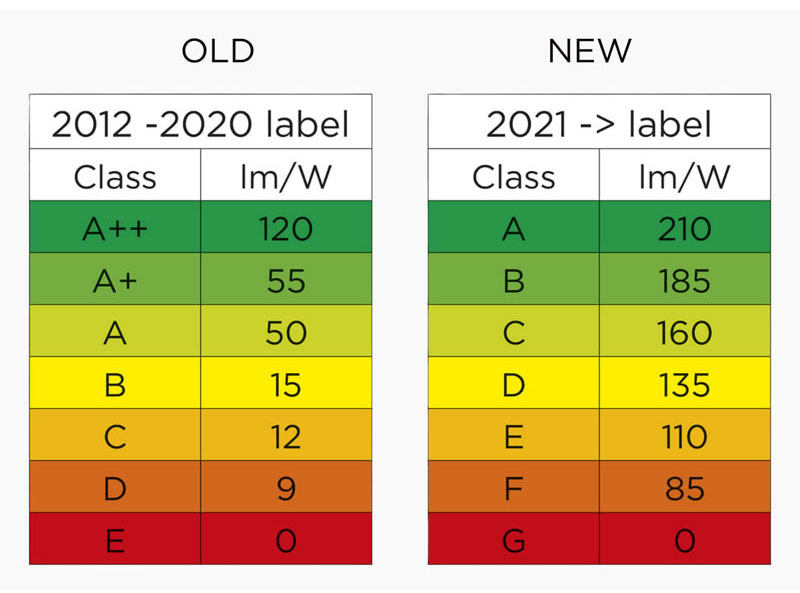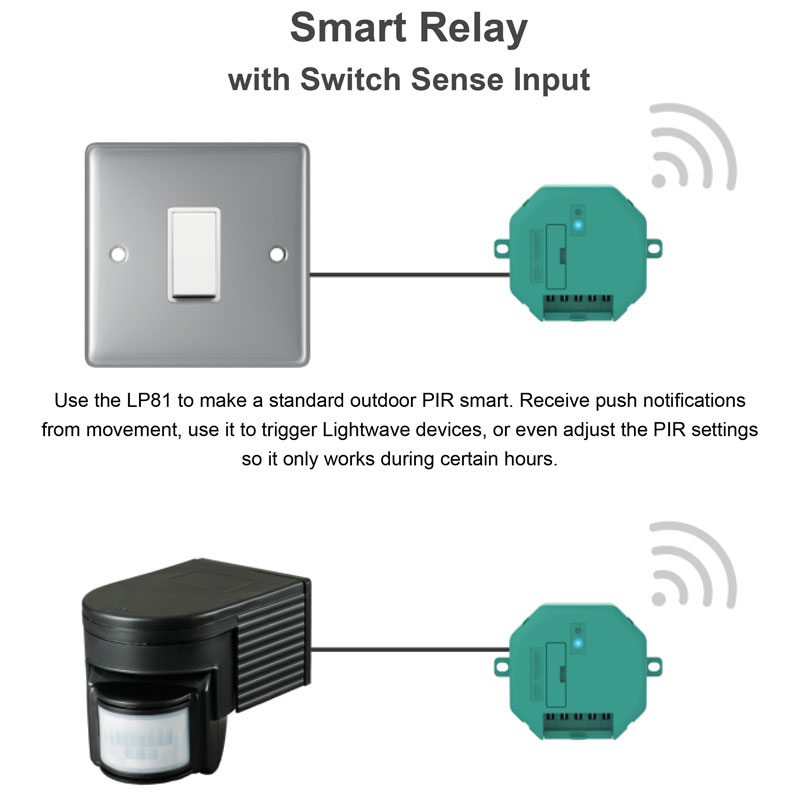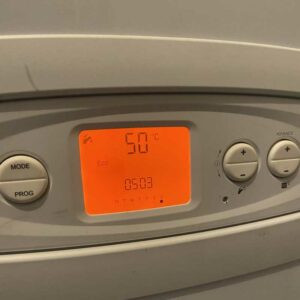 Add My Company
Add My Company
7 Expert Energy Saving Tips
In a time of economic depression we've come up with 7 expert energy saving tips to help you to reduce your electricity costs. No matter if this is for your home or business, our expert tips are sure to help you save energy.
With electricity prices more than doubling since 2021 from 14 to 34 pence per kWh (Kilowatt hour), we're now relying on the government for subsidies, otherwise they would have gone up even further. UK consumers are rightfully becoming more concerned about their energy costs. With further price increases expected, now is the ideal to time consider how energy efficient your home or business is.
While the electricity cost per kWh is beyond your control, you can try to reduce your overall energy consumption by becoming as energy efficient as possible.
Other Hidden Energy Costs
On top of the increase in per unit, you’ll also be paying much more for your standing charge. This is what your energy provider charges you just to keep you connected to the energy grid and they charge you this even if you don’t use anything. This has gone up from 20 pence per day in 2021 to 43 pence from October 2022. While this doesn’t seem like much per day, it now costs £13.07 per month and might also increase. It’s like paying the water company to maintain the water pipes. Fair enough, but why does this cost more? We’re not only paying a premium for the same fuel but also more for the infrastructure that's failed us.
What is Energy Efficiency?
Energy efficiency is about using less energy to perform the same task. It's a way to reduce energy consumption and costs, and to decrease the environmental impact of energy use. This can be achieved through the use of energy-efficient technologies, design and behavior changes, and through the use of renewable energy sources. Its about putting less in, to get more out.
Renewable Energy
While producing your own energy with solar panels or wind turbines could potentially get you the biggest win especially if you meet the criteria of being south facing or live on a windy hill, its going to require a considerable investment during a time when finances are tight. Renewable energy isn't going to help you in the short term as the payback period is going to be around 3 years. If you'd invested in solar panels 3 years ago, the payback period could have been 6 years as electricity didn't cost as much.
Energy Efficiency Costs Money
The difficult part about being energy efficient is that it requires investment. Replacing older electrical equipment with new energy efficient equipment costs money at a time when most people don't have any to spare. But there are some energy saving quick wins that can consider.
Here's Our 7 Expert Energy Saving Tips:
-
-
-
Switch to LED
If you’ve not already made the switch, then now is the time. While lighting only accounts for around 15% of your total energy costs, you can save 90% by converting any old incandescent lights into LED. LEDs also last for 15 to 50 times longer, so you’re not always having to replace them which saves money in re-lamping costs. With the weak pound struggling against the dollar, most lighting products are increasing by around 10% as they all come from China and China trades in the dollar.
LED bulbs use significantly less energy to produce the same amount of light as incandescent bulbs - as much as 90% less. An incandescent light bulb converts only about 10% of the energy it uses into visible light, the rest is converted into heat. So a 100W incandescent bulb produces about 1000 lumens of light. On the other hand, a 10W LED bulb can produce the same amount of light with 90% less energy because it doesn't transfer as much energy into heat.
There are a new generation of LEDs that are 50-60% more energy efficient than existing LEDs. With the new energy rating system now in place, manufacturers are competing to produce A and B rated light bulbs such as the Philips 2.4W GU10 which is B rated.

-
Smart Controls
By controlling your lights or electrical products from a smart lighting system such as Lightwave you can monitor your energy consumption and make more calculated decisions. Set timers that automatically switch off lights, electrical heaters or appliances when they’re not needed, or add a smart sensor that switches them off when nobody is around and automatically back on when someone enters the room. You might think your home is energy efficient because it uses LEDs, but leaving 20x 5W downlights on still consumes 100W of energy.
The new LP81 smart relay with switch sense input can convert non smart products into smart...

-
Adjust your Boiler
If your hot water is always really hot, to the point where you need to add extra cold when your running a bath or washing dishes, you should be able to turn down the temperature. This means that your boiler isn’t constantly maintaining such a high temperature. Adding extra cold water because your water isn't hot isn't energy efficient.

-
Adjust your Fridge
If your fridge has adjustable temperature settings, you can optimise it. Adjust your fridge and freezer settings so they're not always running flat out. The ideal temperature setting for your fridge is between 0°C and 5°C, and your freezer is -18°C.
-
Loft Insulation
Your loft might be insulated but are your rafters? You can lose 25% of your expensive heat through an un-insulated loft. I’ve recently had my rafters insulated and my house already feels warmer to the point of not having to have the heating on as high or as often. Make sure your downlights are insulation coverable or use a LoftLid which acts as a barrier.

-
Voltage Optimisation
While this does require a larger investment, a voltage optimisation device has the potential to reduce your electricity costs by 20%. On average the typical electricity supply in the UK is 242V but can be as high as 250V. Most electrical devices can operate just as effectively on 216V. This product reduces the voltages and prevents wastage.
A 2KW heater is rated 2KW at 230V, if your voltage is as high as 250V, your 2KW (2000W) heater is actually running at 2.36KW (2360W). Your consuming and paying for an additional 360W and making it more susceptible to deterioration and early failure as it's operating towards the top end of its design capabilities.
-
Industrial Energy Saving
The worst victims of the energy crisis are the biggest consumers. Businesses who consumer over 100 kW are now expected to pay considerably more for using the same amount of energy. Voltage optimisation or dynamic voltage management energy saving systems can provide a fast ROI and save you considerable amounts of money by helping to make your factory more energy efficient.
Power factor correction (also known as PFC) should also be considered. Power factor is a measure of how effectively electrical power is being used in a system. It is a ratio of real power (measured in watts) to apparent power (measured in volt-amperes), and is typically expressed as a decimal value between 0 and 1. A power factor of 1 indicates that all of the electrical power being used is real power, while a power factor less than 1 indicates that some of the power is being used ineffectively, usually as a result of the presence of inductive loads such as motors. Improving power factor can lead to energy savings, reduced transmission and distribution losses.
A power factor corrected factory will operate more energy efficiently and reduce electricity costs. We can provide site surveys but would initially require 12 electricity months bills and half hourly data. Once we have the information we can put an energy saving proposal together for you. If you can't get that then we would need your annual electricity consumption and your unit rate.
-
-
For more information on 7 Expert Energy Saving Tips talk to Expert Electrical Supplies Ltd

